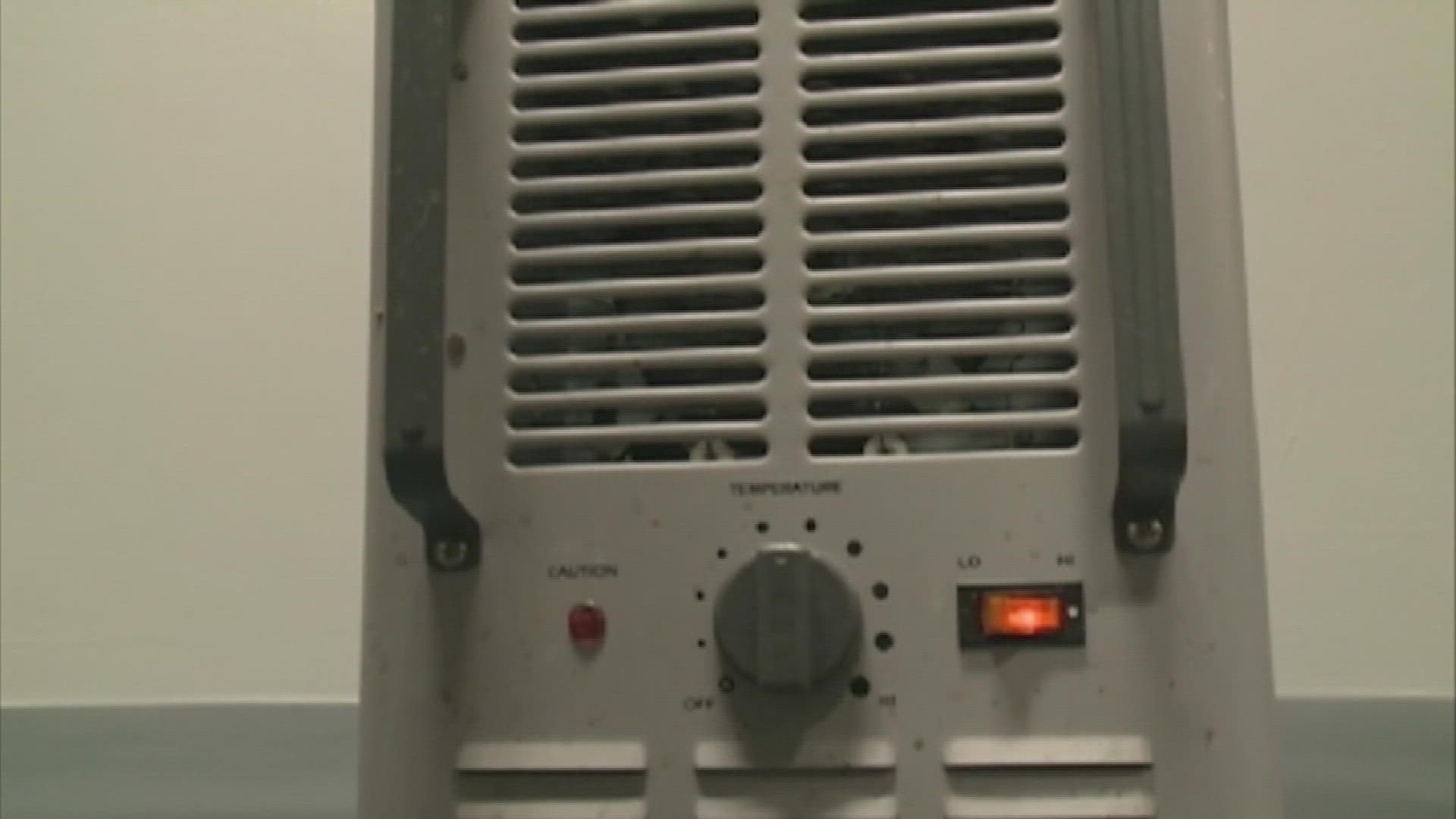SPRINGDALE, Ark. — Firefighters with the Springdale Fire Department's hazmat unit are warning residents to check their appliances for carbon monoxide leaks.
Earlier this month, the fire department's Engine 3 responded to a carbon monoxide alarm in a home. Ductwork venting from the heating and air units fell over, releasing carbon monoxide. Driver operator John Buchan was one of the firefighters that responded to the call.
"It was just a normal response for us. The only difference on this incident is they actually had a working CO alarm in their house, which notified them of an emergency, and 911 dispatchers were able to tell them to exit the house," said Buchan.
"They got such early notification; nothing was wrong with them. I mean, but it could have been bad. Like, it was 2-3 hours away from being a very bad incident. And we would have been talking about a different story, you know, wouldn't have been a happy story, it would have been a tragic story."
Firefighters explain that the fire department often gets calls about carbon monoxide. The gas can cause carbon monoxide poisoning which could present symptoms of headaches, dizziness, nausea, or in the worst case, death.
"It's going to be odorless, you can't taste it, you can't smell it, you can't hear it," said Captain Justin Pinkley.
Firefighters advise you to check your gas appliances with a certified inspector. But the only sure way to know if there is a gas leak is to install a carbon monoxide alarm.
"Without that alarm going off, this could have been a fatal incident that saved their lives," said Buchan.
The United States Consumer Products Safety Commission explained how much carbon monoxide can affect people in the following:
"The health effects of CO depend on the CO concentration and length of exposure, as well as each individual's health condition. CO concentration is measured in parts per million (ppm). Most people will not experience any symptoms from prolonged exposure to CO levels of approximately 1 to 70 ppm but some heart patients might experience an increase in chest pain. As CO levels increase and remain above 70 ppm, symptoms become more noticeable and can include headache, fatigue and nausea. At sustained CO concentrations above 150 to 200 ppm, disorientation, unconsciousness, and death are possible."
Springdale firefighters say not to hesitate if you experience any symptoms while using gas appliances. Captain Pinkly explained that their emergency vehicles were outfitted with gas detectors that could measure carbon monoxide levels. He said that they are calibrated monthly.
"Get out of there, get out into some fresh air and get outside the home. Call 911."
Firefighters in Springdale say that anyone looking to install carbon monoxide alarms in their homes can contact the fire department for any recommendations or help through the installation.
Download the 5NEWS app on your smartphone:
Stream 5NEWS 24/7 on the 5+ app: How to watch the 5+ app on your streaming device
To report a typo or grammatical error, please email KFSMDigitalTeam@tegna.com and detail which story you're referring to.

